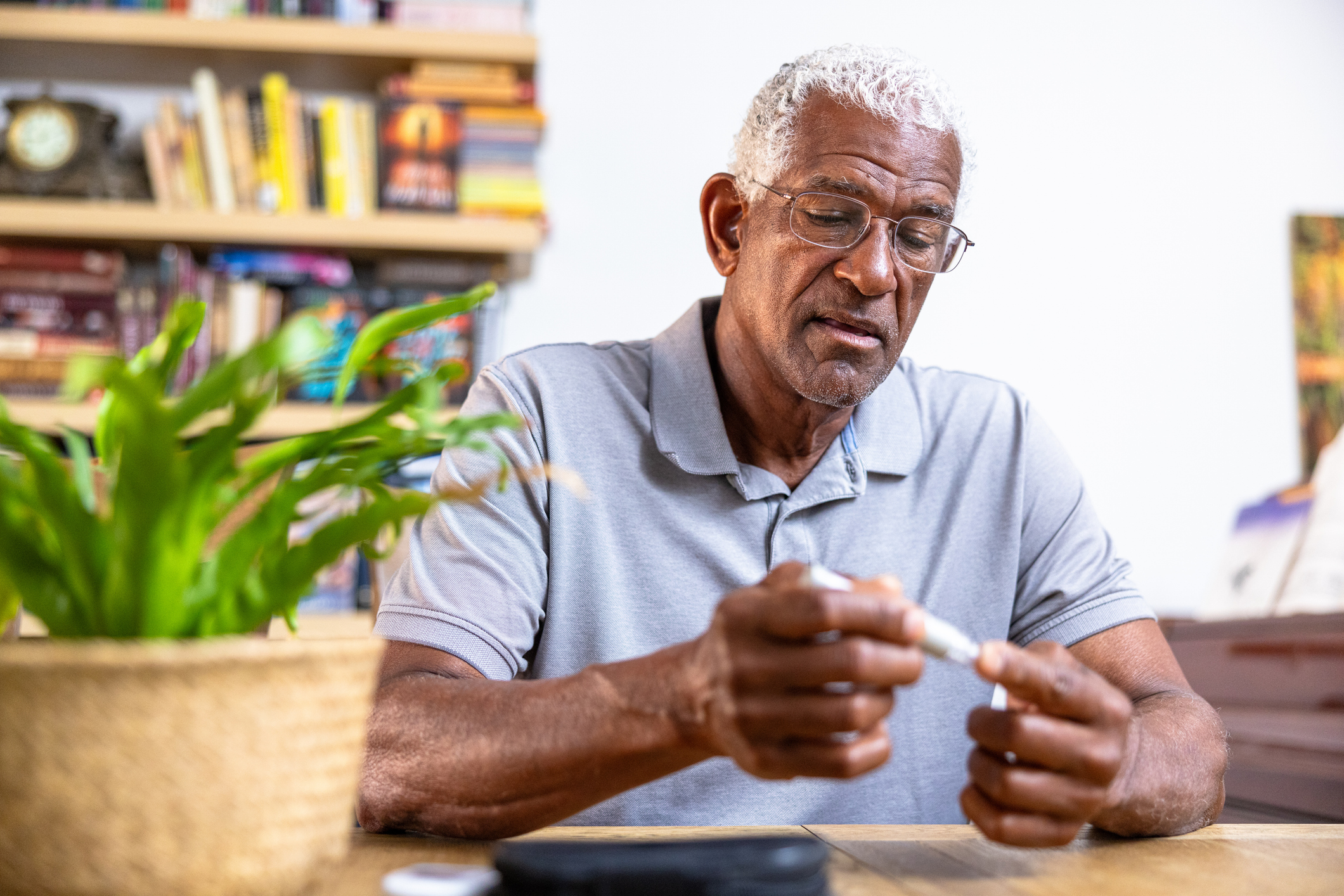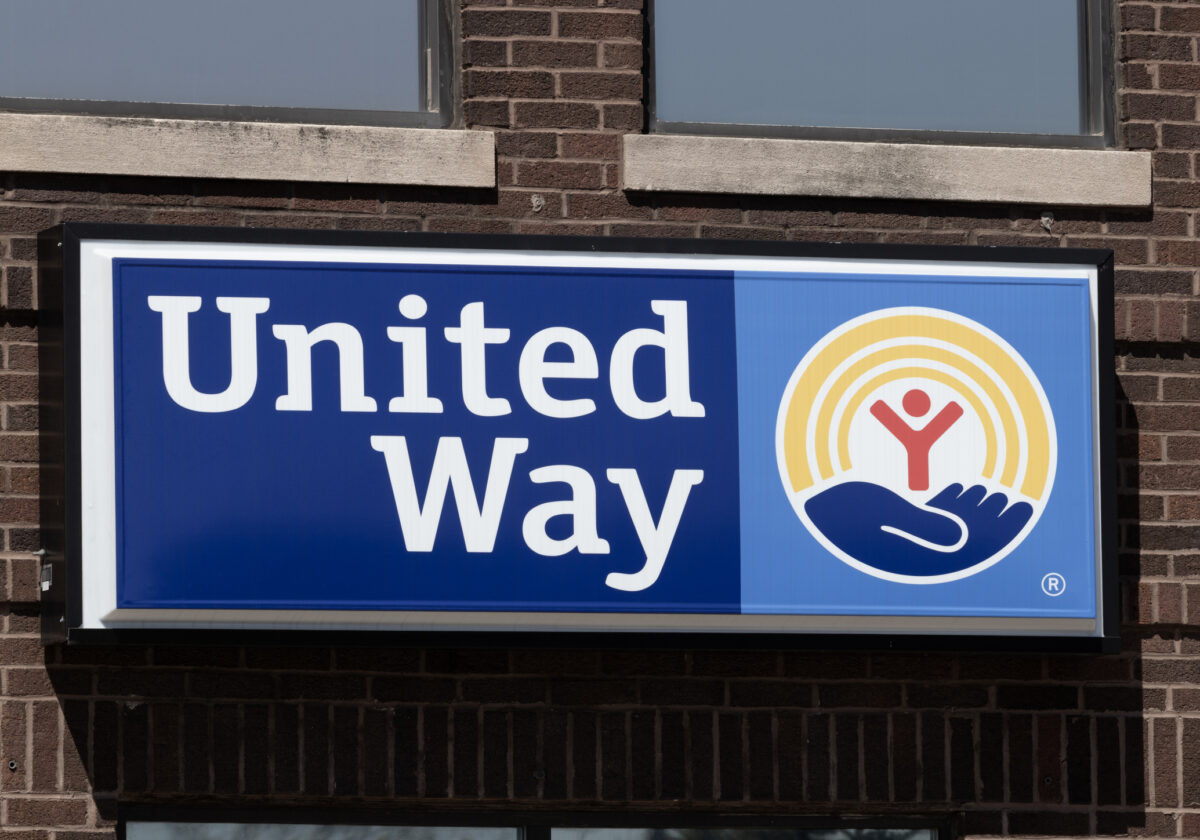Diet, exercise help control diabetes
By Jay Nachman
More than 38 million Americans have diabetes, according to the American Diabetes Association. Nearly 1.5 million adults in Pennsylvania, or 11% of the adult population, have been diagnosed with diabetes. Every year, an estimated 61,000 adults in Pennsylvania are diagnosed with diabetes.”
Americans with diabetes have medical expenses approximately 2.6 times higher than those who do not have diabetes.
Diabetes is caused by a genetic predisposition to the disease, along with environmental and lifestyle factors.
Dr. Kevin J. Furlong, an endocrinologist with the Division of Endocrinology, Diabetes and Metabolism at Jefferson Health, described type 2 diabetes as a disease of “abnormal carbohydrate metabolism,” characterized by elevated blood sugar (glucose) in the blood. People with diabetes are unable to appropriately use carbohydrates for energy, resulting in high blood sugars that lead to further progression of the disease and damage to cells in the body.
Common symptoms of diabetes include frequent urination, extreme thirst, extreme fatigue, blurry vision, and cuts and bruises that are slow to heal. The disease is often associated with other metabolic disorders, such as high blood pressure and high cholesterol, all of which can lead to higher rates of heart disease, stroke, cancer and dementia.
The most effective way to treat type 2 diabetes is through diet and exercise, both of which also help improve other ailments and increase longevity. “An important way to prevent and treat type 2 diabetes is weight loss and exercise,” Dr. Furlong said. “These help at any level of diabetes and improve control of other medical diseases.”
Dr. Furlong was co-investigator of the landmark Diabetes Prevention Program Outcomes Study. For the study, pre-diabetic patients were given “intensive lifestyle” modifications that included 150 minutes of walking and other exercise a week. Participants lost about 7% of their total body weight, and those 60 or older reduced their risk of getting diabetes by 72%.
“Here is scientific proof that diet and exercise – reducing calories, eating a healthier diet, and moving the body – reduces conversion to diabetes,” Dr. Furlong said.
Other ways to increase overall health include not smoking or drinking, getting enough sleep, maintaining social connections, and mindful meditation or learning how to handle stress.
“When people commit to all those things, they reduce disease and disability,” Dr. Furlong said. “These (lifestyle factors) increase not only lifespan but health span.” Additionally, it reduces the need for medication.
Age increases the risk of diabetes. People of African, Hispanic, Native American, Asian and Pacific Islander descents also have a higher risk of diabetes, as well as other diseases. Dr. Furlong attributed this to a genetic predisposition and social factors. He recommends older adults in those ethnic groups to get screened for diabetes.
Beyond diet and exercise, the best treatments for diabetes are individualized for each patient, according to Dr. Furlong. Individual goals can depend on other possible co-morbid conditions, such as heart disease or obesity.
There is much to look forward to in the treatment of diabetes, according to Dr. Furlong. Recent laws allow Medicare to negotiate prices on medication with drug manufacturers. This change will allow people with diabetes who have low incomes, but don’t qualify for Medicaid, to afford treatment.
New technology helps better treat and monitor glucose levels. Artificial technology can help adjust insulin levels. Sensors can measure blood sugar every minute so patients won’t have to prick their fingers for readings. Continuous insulin pumps automatically adjust the rate of delivery of insulin based on what is going on in the body.
Free Diabetes Self-Management Program
PCA offers a free evidence-based Diabetes Self-Management Program. This six-week workshop meets for 2½ hours per week and helps older adults self-manage the symptoms of their condition, as well as the impact that diabetes has on their lives and emotions.
“The goal of the program is to give people tools so they can be better self-managers, or better advocates for themselves, and to get them to know there is no one prescribed treatment for everyone,” said Stephen Merrill, health promotion nurse supervisor at PCA.
Participants learn to advocate for themselves when talking to family members or health care providers through problem solving, action planning, brainstorming and other activities.
PCA offers the Diabetes Self-Management Program six-to-eight times a year. Workshops are held at senior centers, houses of worship and apartment buildings.
In addition to the diabetes management program, PCA offers evidence-based programs for managing chronic pain and chronic disease self-management.
Individuals interested in any of PCA’s self-management programs can contact Stephen Merrill in PCA’s Health Promotion unit at 215-765-9000, ext. 5123. Representatives from senior centers, apartments and houses of worship can also call to bring the programs to their facility.
Jay Nachman is a freelance writer in Philadelphia who tells stories for a variety of clients.




